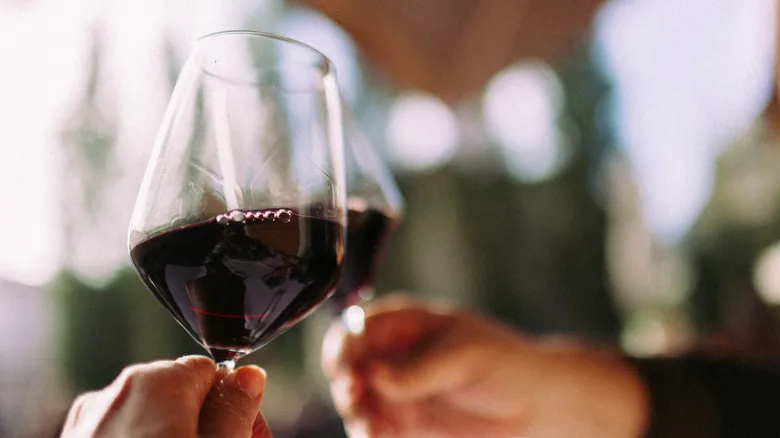Why there are so many different wine glasses
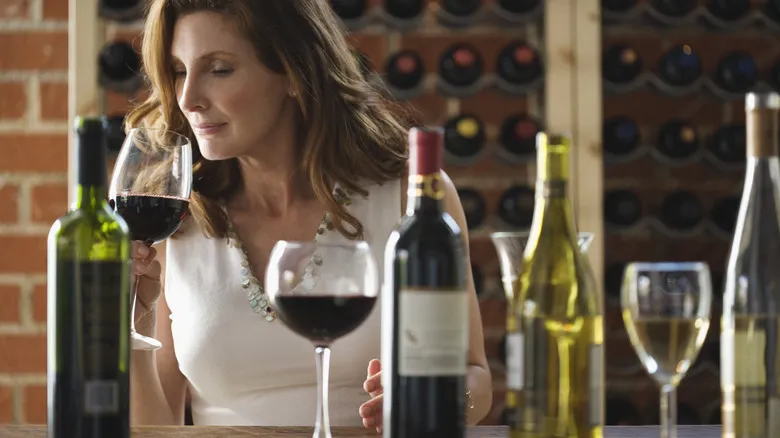
Approximately 40 years ago, Georg Riedel, the father of Maximilian Riedel, began collaborating with prominent winemakers and critics to explore the connection between bowl size, glass shape, and specific wine varietals, which ultimately led to the creation of the Vinum collection. Prior to this, there were larger glasses designated for red wine and smaller ones for white, along with a few variations, but little effort had been made to understand why certain glass shapes and sizes performed better in specific contexts.
Since then, there has been considerable scientific research on the subject. Various studies indicate only slight or inconclusive differences regarding the impact of glass shape on taste and aroma perceptions. However, a 2015 study from Japan utilized a "Sniffer-camera" to detect ethanol vapors and analyze wines in various glass styles, including martini and highball glasses. According to a report by Scientific American, the researchers found that different "glass geometries" significantly affect the perceived aromas (and consequently taste, as they are interconnected) released from the same wine bottle.
Matching the glass and the wine
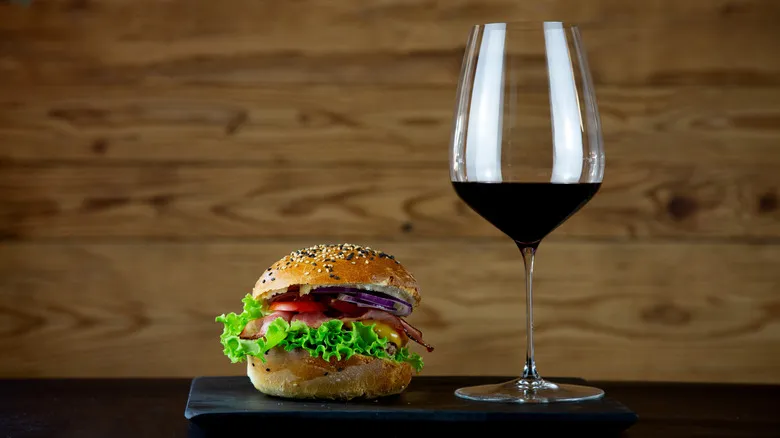
When it comes to pairing wines with the right glasses, it's best to start with general categories. Red wine glasses typically have larger, rounder bowls compared to white wine glasses. This design allows the tannins in red wines to soften and aerate. That's why you fill a red wine glass to the widest part of the bowl rather than to the top. In contrast, white wine glasses usually have narrower sides, which help to focus the more delicate aromas, and their longer stems keep chilled wines from warming up too quickly from your hands.
From this foundational understanding, we can delve into more specific glass types. Glasses crafted for full-bodied Bordeaux-style reds, such as cabernet sauvignon or malbec, are generally quite large and round. The increased distance between the wine and your nose is beneficial for wines with higher alcohol levels and intricate aromas. A wider rim also allows for a more expansive sip that engages your entire palate. On the other hand, lighter, fruit-forward reds with lower tannins, like Burgundy and other pinot noirs, are better suited to glasses with tapered sides and smaller openings, which help to concentrate their aromas.
When it comes to white wine glasses, there are two main styles: those for chardonnay and those for riesling. Both types feature shorter bowls, which bring these more delicate wines closer to your nose, and longer stems compared to red wine glasses. Chardonnay glasses are ideal for full-bodied, aromatic whites (like viognier). In contrast, glasses designed for higher-acid, crisper wines such as dry riesling or sauvignon blanc have narrower bowls, longer sides, and a narrower lip for a more focused sipping experience. Some may even have a tulip shape, with a slightly flared lip instead of a tapered one.
Champagne flutes aren't the only option
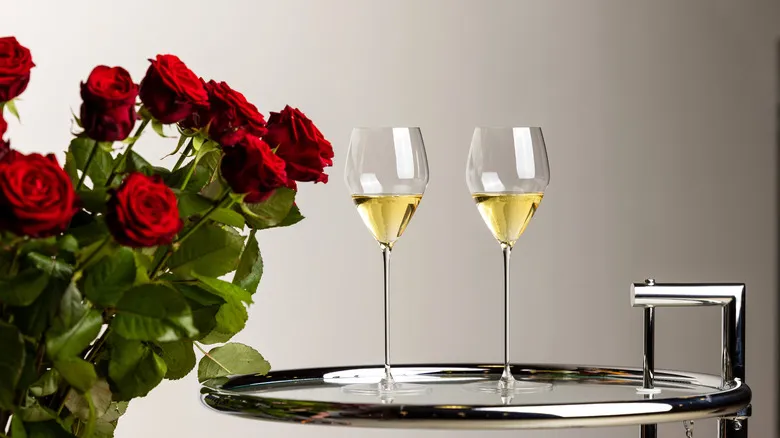
Champagne and sparkling wines are carbonated, which creates unique requirements for glassware. While many are accustomed to serving these beverages in slender flutes, there are alternative options available. The primary benefit of flutes lies in the visual appeal of watching the bubbles rise and dance along the tall glass. However, numerous experts argue that flutes may not be the best choice for Champagne, as they can restrict the aromas and flavors that should be allowed to fully develop.
Instead, consider the coupe. This low, stemmed cocktail glass with a wide bowl was a favored choice for Champagne for many years before flutes became the norm. If you've watched enough romantic comedies from the 1930s, you might recall characters celebrating the New Year with coupes brimming with Champagne. The broad bowl enhances the aromas and flavors, making it perfect for Champagne towers. However, it also increases the risk of spills and leads to quicker loss of bubbles.
Recently, a trend has emerged among enthusiasts who prefer to enjoy Champagne from standard white wine glasses. The wider bowl allows for swirling, similar to still wines—though be careful not to swirl too vigorously, as it can cause the bubbles to dissipate. The tapered edges and narrow opening help retain both the aromas and bubbles for longer. This option effectively combines the advantages of both styles. Riedel has also introduced a Champagne-specific glass in its Veloce range, designed to function like a white wine glass but featuring a unique diamond shape that, according to the company, promotes visually appealing bubble formation.
Building a varietal–specific wine glass library
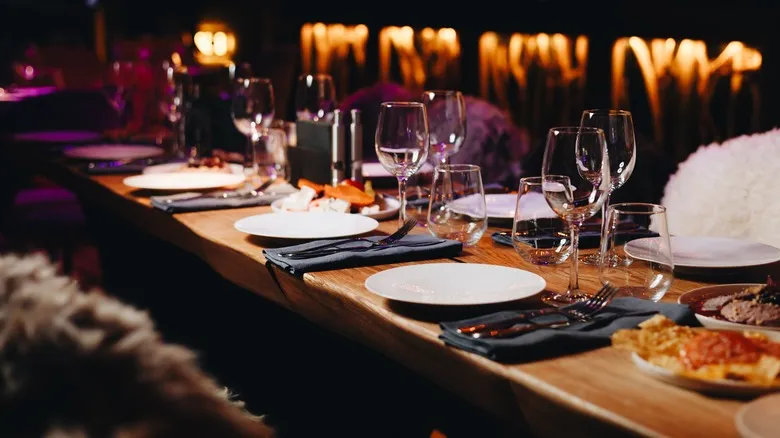
The more you explore the world of wine glasses, the more distinct varieties you'll discover. A syrah glass is crafted to enhance the grape's fruity and subtly smoky qualities, along with its softer tannins. It stands taller than a standard cabernet sauvignon glass, featuring a slightly narrower bowl and a more tapered rim. While a merlot glass may appear similar to a cabernet glass, it is specifically designed to highlight the unique traits of the varietal and enhance the overall tasting experience.
Although Riedel pioneered the trend of wine-specific glass designs, other brands like Zalto, Josephine, and Japan's Kimura have also developed their own collections. With so many specialized options available, it can be daunting, especially when you're just starting your wine journey. However, there's no need to stress. Begin with a basic set of red and white glasses. You can choose a set of two, four, eight, or more, depending on your usage—there's no need to overstock.
As you delve deeper into wine, concentrate on the types you enjoy most rather than trying to acquire every option available. "If you tend to favor cabernet sauvignon," Maximilian Riedel advised Chowhound, "consider investing in cabernet sauvignon-specific glassware to achieve the best tasting experience at home."
Recommended
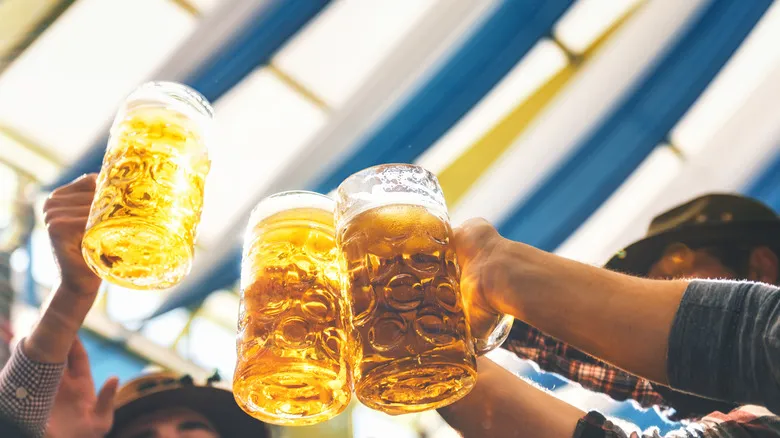
What German Beers Are Typically Served At Oktoberfest?

Can You Buy Alcohol At Aldi?

What's The Difference Between Riesling And Gewürztraminer?
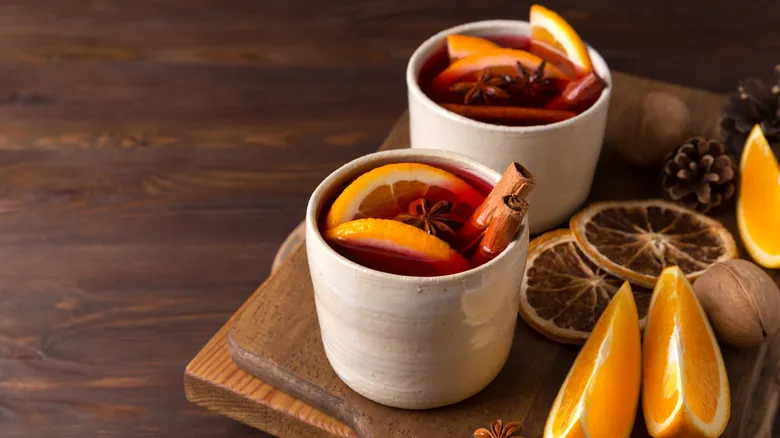
12 Tips You Need To Make Holiday-Ready Mulled Wine
Next up

